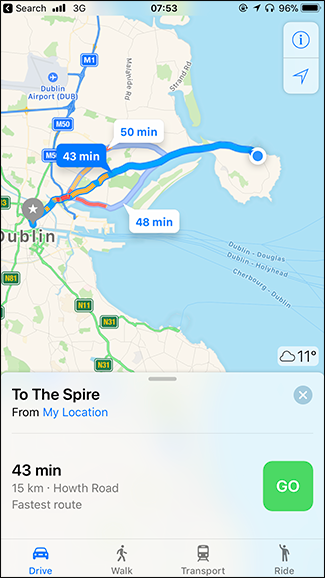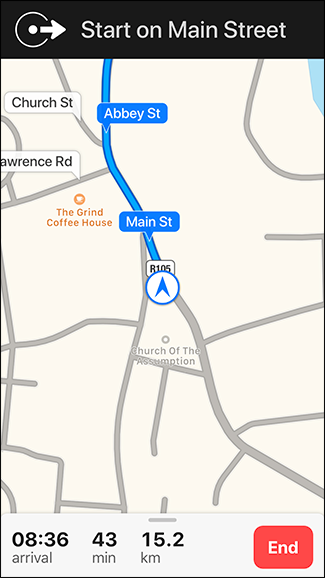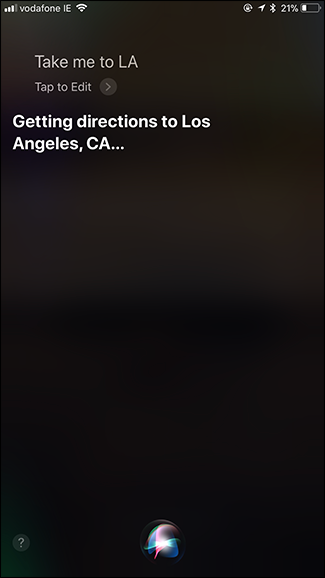I’m just back from a road trip around Southern California. Over six days I hit up San Diego, Joshua Tree, Los Angeles, and then San Diego again. It was about twenty hours of driving in total, along everything from wide open freeways, narrow canyon roads, and the chaos that is LA traffic. The whole time, I was trusting Apple Maps to get me where I needed to be…and amazingly, it did.
Or maybe I shouldn’t say amazingly. Apple Maps got bad rap when it was released in 2012. It was warranted at the time, but that was over five years ago. Sure, the first year or two was rocky, but things have come a long way since then.
When we compared Apple Maps and Google Maps a few years ago, it was pretty clear that the two apps were already pretty evenly matched. Google Maps had a slight edge in how widely available public transit directions are (and it still does), but otherwise there wasn’t a whole lot to choose between them.
Things have gotten even better for Apple Maps since. As I was driving down the freeways, Siri would tell me which lane I needed to be in to take my exit. She rerouted me when there was unexpectedly heavy traffic ahead. She told me if an accident had happened so I was aware of why there was a tailback. And most importantly, Siri never tried to steer me into a river.
So let’s take this as a given: Apple Maps is, give or take a few situations and for public transit in non-major cities, as good as Google Maps. Hell, in some situations I’ve found it’s actually better, especially when people have listed their businesses in the wrong location on Google. This means that what Maps app you should use comes down to something else: how well it integrates with your iPhone.
This is where Apple Maps really shines. You can get directions just by shouting, “Hey Siri, take me to LA”. Those directions show up on the lock screen, which is really handy when you’re driving. Apple Maps also intelligently dims the screen; if you’re on a freeway for the next 100 miles, it doesn’t show the road the whole way unless there’s something up ahead worth showing.
Are these system integrations all part of Apple’s walled garden strategy? Yep. But it doesn’t really matter.
You know when you buy an iPhone that you’re going to have to play by Apple’s rules. As long as Apple stays true to its Jobsian “my way or the highway” attitude, that’s always going to be the case. Google Maps is never going to integrate as well on an iPhone as it does on an Android phone, and since the apps are otherwise pretty equal, it makes sense to use the one that works best with the phone: Apple Maps.
But here’s the real thing. It’s not an either/or choice. I’ve got both apps installed on my iPhone. Apple Maps is my go to, but if I’m in a city where it doesn’t have public transit directions and I’m about to get the bus across town, I’ll use Google Maps. Just because you favor one, doesn’t mean you can’t use both.
Apple Maps is a far cry from the public embarrassment it was when it launched. Now, not only is it a competent Maps app, but it’s the best one for iPhone users.




